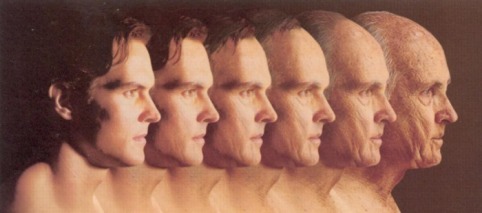Adult Development
Daniel Levinson (1920 - 1994)
Summary of Theory
Levinson and his associates proposed four sequential eras of male development linked to chronological age. Levinson (1978) suggests that within these eras are periods of development that are characterized by a unique set of tasks that cause a person to attempt to build or modify life structures. Eras last for approximately twenty-five years and transitions between eras take three to six years to complete (Levinson, 1978). Transitions are periods of upheaval because, to continue to develop, one must change the character of one’s life (Levinson, 1978).
Levinson's eras and developmental periods (Dean, 2007) are:
1. Childhood and adolescence: birth to 20
2. Early adulthood: 17-45
Early adult transition: 17-22
Entering the adult world: 22-28
Age thirty transition: 28 - 33
Settling down: 33 - 40
3. Middle adulthood: 40-65
Midlife transition: 40-45
Entering middle adulthood: 45-50
Age fifty transition: 50-55
Culmination of middle adulthood: 55-60
4. Late adulthood: 60+
Late adult transition: 60-65
A pervasive theme throughout the various periods is the existence of the "Dream" (Dean, 2007). The Dream is a mental picture of one's ideal life. The importance and the nature of the "Dream" is constantly modified and revisited as the dream is compared with developing perceptions of reality (Dean, 2007). Another theme that reappears throughout the life cycle is that of individuation, or becoming an integrated person, separate from parents and others (Dean, 2007). This concept can be found in the ideas of both Jung and Maslow (called self-actualization).
Where are my learners in this scheme?
Early adult transition (17–22)
In general, what does this mean?
Life structures are the patterns of a person’s life. These structures are embraced during stable periods and questioned during transitions as new patterns are adopted (Dean, 2007). One of the principal tasks of this stage is to modify or terminate relationships with family and significant others (mentors, social groups, childhood friends). In light of these changing relationships, young adults in Early Adult Transition face reassessment and modification of their sense of self (Smith, 1999).
The Early Adult Transition (ages 17–22) is characterized by the following behaviors (Smith, 1999):
- Focus on ending pre-adulthood and beginning early adulthood
- Questioning their place in the world and their relationships with important people (like parents) and groups
- Beginning to try on adult roles and assume an adult identity
What does this mean to me?
My learners are going through a transition period, which implies varying degrees of teeth-gnashing, hair-pulling, and general emotional chaos. These issues are likely to manifest themselves in the classroom and may impair learning. I need to watch for them, neutralize any disruptive demonstrations, and support learners emotionally and academically as they work through their changing life patterns.
